If you want to know the life expectancy of a Pit Bull Terrier, then the answer is that it depends on various conditions. The average lifespan of this dog is 12 to 16 years.
A short history of Pit Bulls
The American Pit Bull Terrier is also called Pit Bull. Due to physical resemblance and cross-breeding factors, people generally refer to many other dog breeds, such as Boxer, Cane Corso, Presa Canario, Staffordshire Bull Terrier, Dogo Argentino, Old English Bulldog, etc., as Pit Bulls.
Confusion arises between American Pit Bull, Staffordshire Bull Terrier, and American Staffordshire Bull Terrier. You may laugh at this mistake if you are a dog breed expert; however, many people tag many of the aforementioned dogs as “Pit bulls” due to their looks.
American Pit Bull Terrier originated from the Old English Bull Dog in the 18th century. In earlier times, these breeds of dogs looked bigger than modern English bulldogs.
In the modern days, the English bulldog is small due to their selective breeding. In the 18th century, English Bulls and American Pit Bulls were similar in look and size. American Pit Bulls were bred for bullfight.
After the ban on bullfights, people used them for rats. In those days, rats were kept in pits, and the dog hunted them for a specific time.
The more rats killed by the dog in that timespan were declared winners, and people bet on them. But that ratting required speed and agility.
So, they bred with a terrier. When the English immigrants came to America with their dogs, Pit bulls became American Pit Bulls. Even though these breeds were for peculiar purposes in those days, but gradually became family dogs.
The Health of Pit Bulls
Pit Bull’s lifespan depends on health issues. Though they are strong yet some health issues arise. Following is a list of some health problems of Pit Bulls:
Cancer:
Majorly dogs are amenable to cancer due to environmental and genetic reasons. Pit Bulls are especially prone to skin cancer and tumor. Other cancer types also affect them, such as Osteosarcoma, Hemangiosarcoma, Bladder cancer, Lymphoma, etc.
We cannot stop cancer but prevent it by not exposing them to harmful things such as cigarette smoke and genetic spring screening. Never think that all cancers end in death. In many instances, dogs have gone through cancer treatment and are living longer, cancer-free lives.
The treatment consists of surgery, chemotherapy, and radiotherapy. Response to the treatment depends upon the age of the dog. In general, they respond well.
Hip Dysplasia:
Hip Dysplasia is a joint problem. The vets say that the dogs developing this disease often inherit it from their parents.
Large dogs are most affected by this disease. The hip joint of the dog consists of a ball of the femur. A ligament holds this ball. Therefore, in times of movement, it slides inside the socket.
It turns into arthritis which is familiar to Pit bulls. The noticeable thing is lameness and getting difficulty in standing from lying conditions.
In such health conditions, the ball doesn’t fit in the socket, which causes shallowness in the ball, bone growth in joints, and the femur not sliding smoothly.
Larger and heavier breeds are affected by their genetic functionality increases through exercise, diet, growth, and nutrition. Though it directly never affects life span but decreases the quality of life.
Skin Conditions:
Unlike other heavy-coated dogs, Pit Bulls have shorter, fewer fur coats. Hence, that makes the skin more vulnerable to irritation. Sometimes, this happens due to the environment, food, or lack of proper nutrition.
Pit Bull suffers from ichthyosis. It is a health condition where the skin becomes dry, itchy, and flaky. Their white variants get a sunburn to look like skin rash, but red ones have no such problems.
It is a genetic problem. It does not affect the lifespan. However, if not treated early, it can become a significant infection.
Hypothyroidism:
It is another common problem in Pit Bulls. An underactive thyroid produces a low hormone in this disease, making metabolism slow.
In dogs, Hypothyroidism occurs due to two conditions — one is lymphatic, and the other is idiopathic. Among them, lethargy is more common.
The symptoms are dry skin and coat, hair loss, fearfulness, weight gain, and aggression. Hormone tablets are the sole remedies. If untreated, it may lead to death.
Heart Conditions:
Some Pit Bulls get genetic heart diseases like Aortic stenosis. The Aortic valves allow blood to flow from the heart to the body in normal conditions.
In this disease, the Aortic valve narrowing makes the heart pump harder in the body. There is no treatment for mid-cases, but the Beta-blocker is used in severe cases. Otherwise, it needs surgery if medicine and limited exercise prescribed by the vets fail.
They also develop arrhythmias that may happen at birth and worsen over time. The worst-case scenario for both diseases is sudden death.
Cerebellar Ataxia
Cerebellar Ataxia is a hereditary deteriorating nervous system disorder that creates problems in mobility and has no treatment. In severe cases due to this disease, the vets have no option but to euthanize diseased dogs.
Gastric Torsion
Gastric Torsion is a digestive system disorder in which the stomach bloats and forms gas. Fluid, food, and gas fill the stomach and expand because the blood supply gets cut off to the crucial organs.
Sometimes, a stomach flip makes the problem worse. It is a life-threatening health condition. The dogs need immediate medical emergencies in such situations. Otherwise, they may die.
Following is a list of how you can help Pit Bulls live a healthy life:
Do Not Support Bad Breeders
Many diseases are genetically induced in Pit Bulls by greedy bad breeders. If you want to adopt a Pit Bull, research it very well before buying it so that you purchase it from a reputed and good breeder.
In this way, you reduce the chances of hereditary disorders in your dog. Reputable breeders put their effort into selecting the finest genetic breed.
So, you can get the best genetic breed pup. Unfortunately, bad breeders work for money. Hence, they look for quantity than quality. That results in harmful genetic mutation and pre-existing genetic disorders in pups.
Spaying and Neutering
Neutering helps male dogs from going outside for bitches. It prevents them from heat and attacking other animals.
Spaying helps female dogs from uterus infection, birth complications, and post-pregnancy problems and controls the number of the homeless pet population.
Live Indoors with You
Please keep your dog with you in your home. Invest time in them. Otherwise, loneliness makes them destructive, depressed, escapists, and aggressive. If they go outside in your absence, they get exposed to infection and animal attacks.
Keeping a Healthy Diet
Diet is important for your pup’s health and longer life. Please give them a balanced diet of protein, carbohydrates, and fat. Be careful about overfeeding.
Overfeeding makes them obese, which increases their arthritis since it makes them reluctant to exercise. It makes their condition worse.
Read Also: The Best Pit Bull Diet: How to Properly Feed Them
Maintaining a Healthy Exercise Routine
Exercise not only helps maintain weight but also builds muscle. Without proper workouts, they develop behavioral problems such as counter surfing and garbage going, resulting in changes in food poison and intestinal problems.
Routine Maintenance Care:
Grooming, preventive vet care, and management of chronic conditions make your dog happy and healthy. Regular brushing and clipping help them reed off from parasites which can cause anemia and malnutrition.
A vet care visit is necessary for vaccination (rabies). Moreover, regular checks for chronic diseases, heartworm, and other health-related problem are essential.
Nail clipping prevents infection in paws due to nail growth. Proper dental care is indispensable and needs to be considered to stop tooth loss and anorexia.

 DogExpress
DogExpress

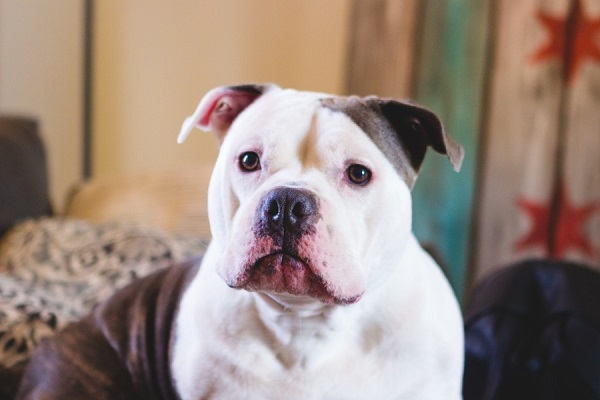

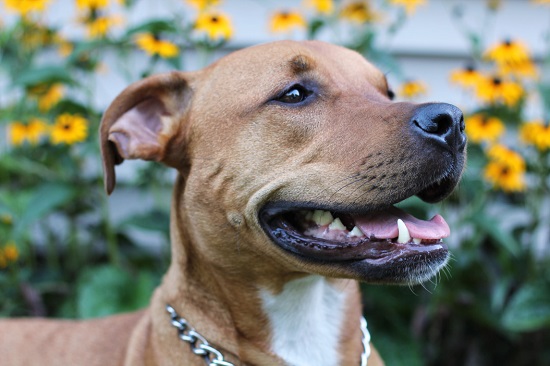

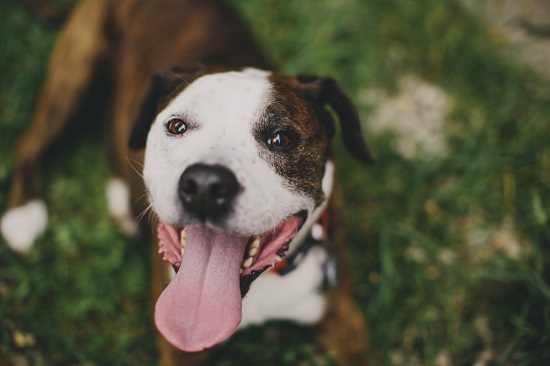
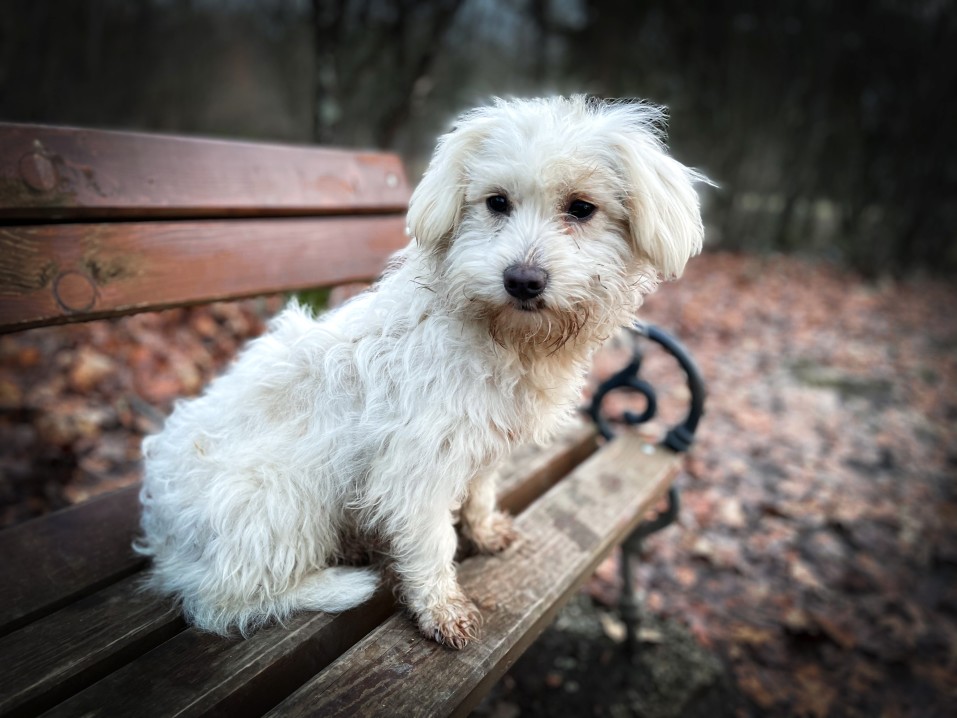
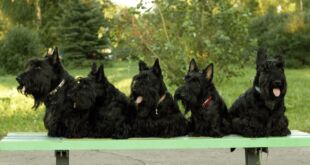


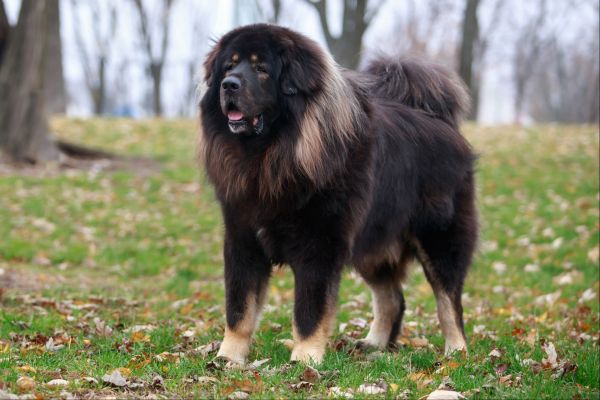












 in Chandigarh, India.
in Chandigarh, India. 
